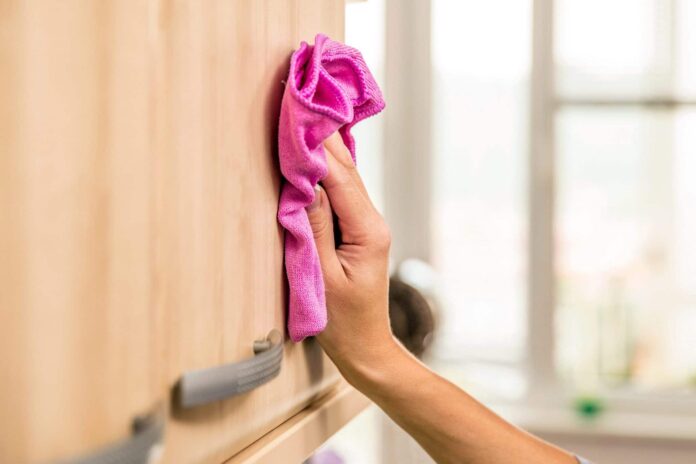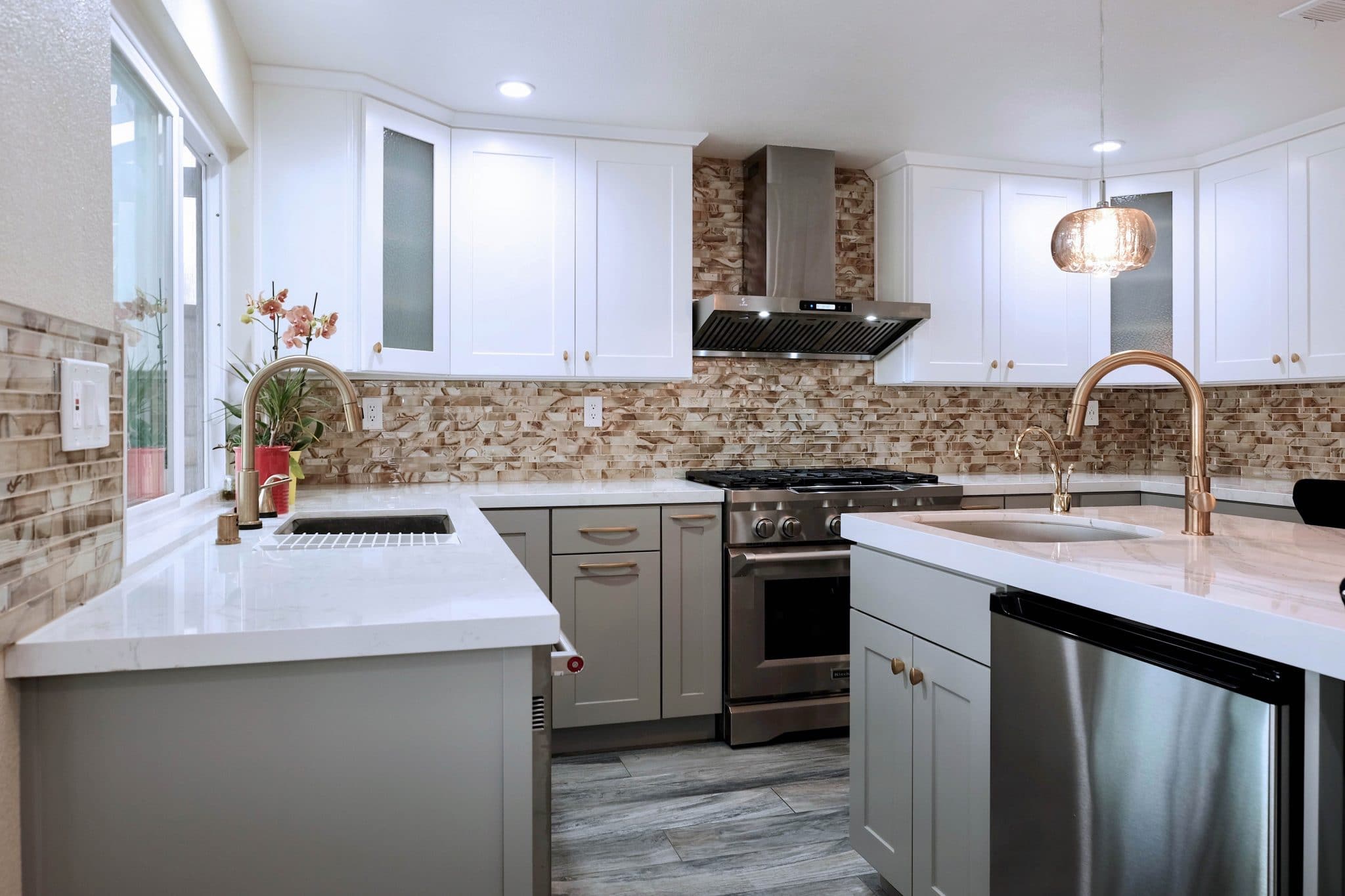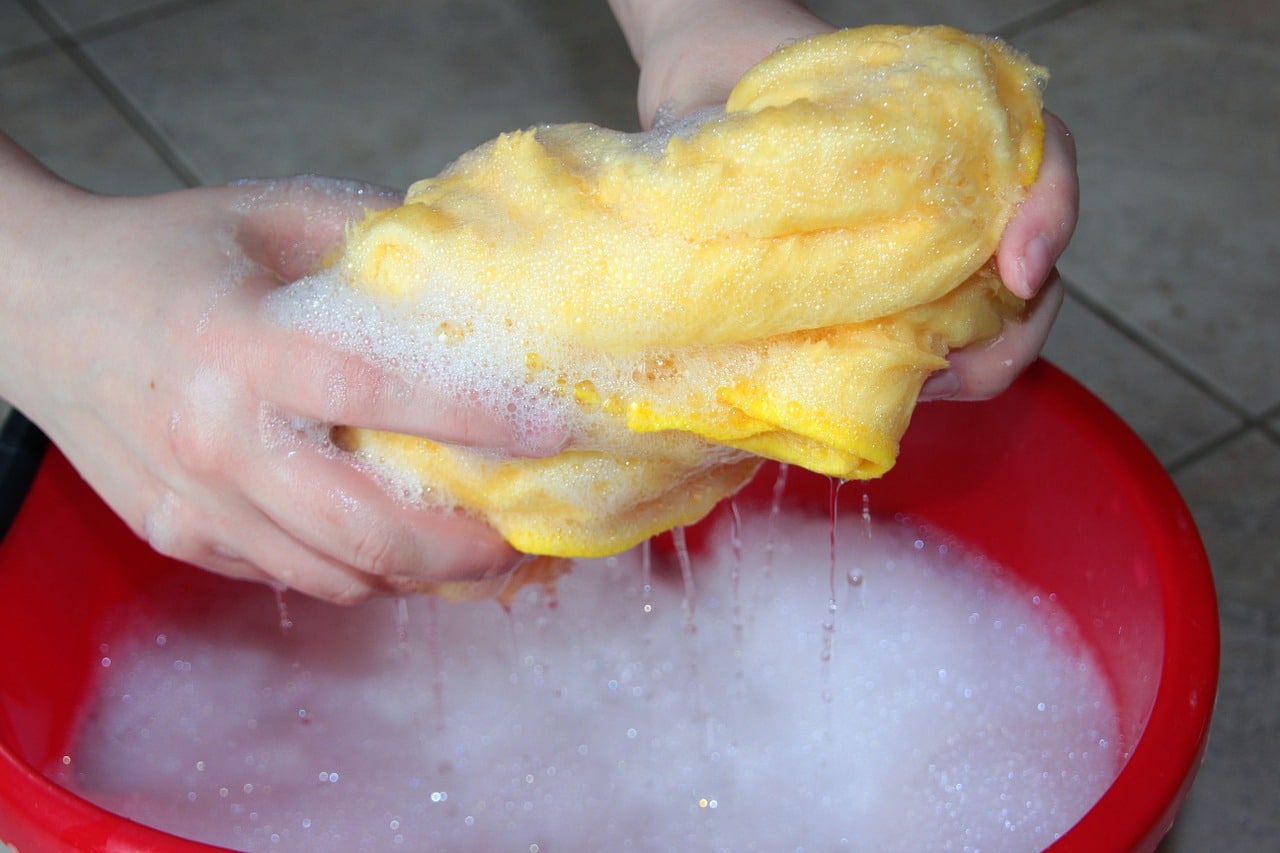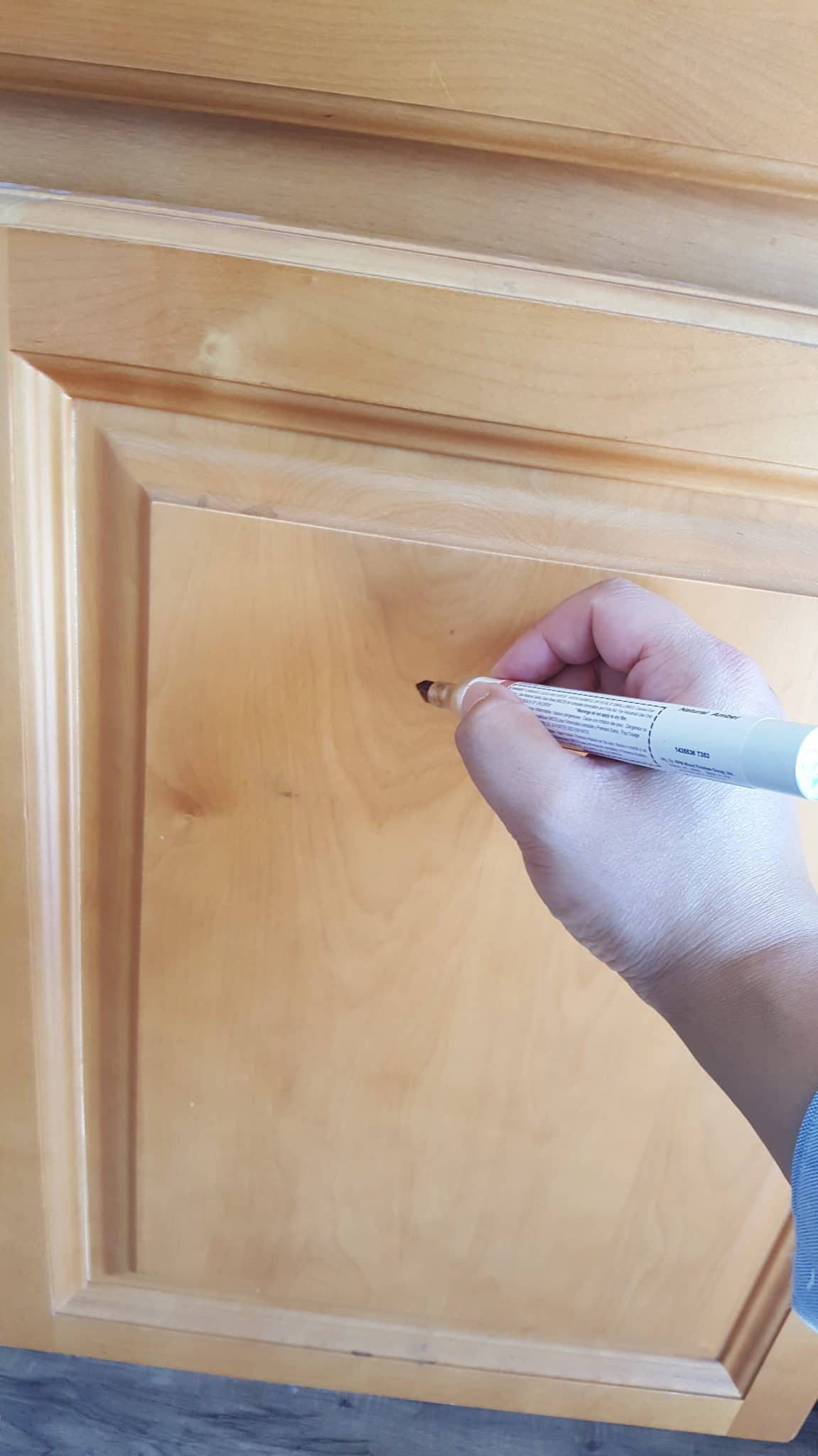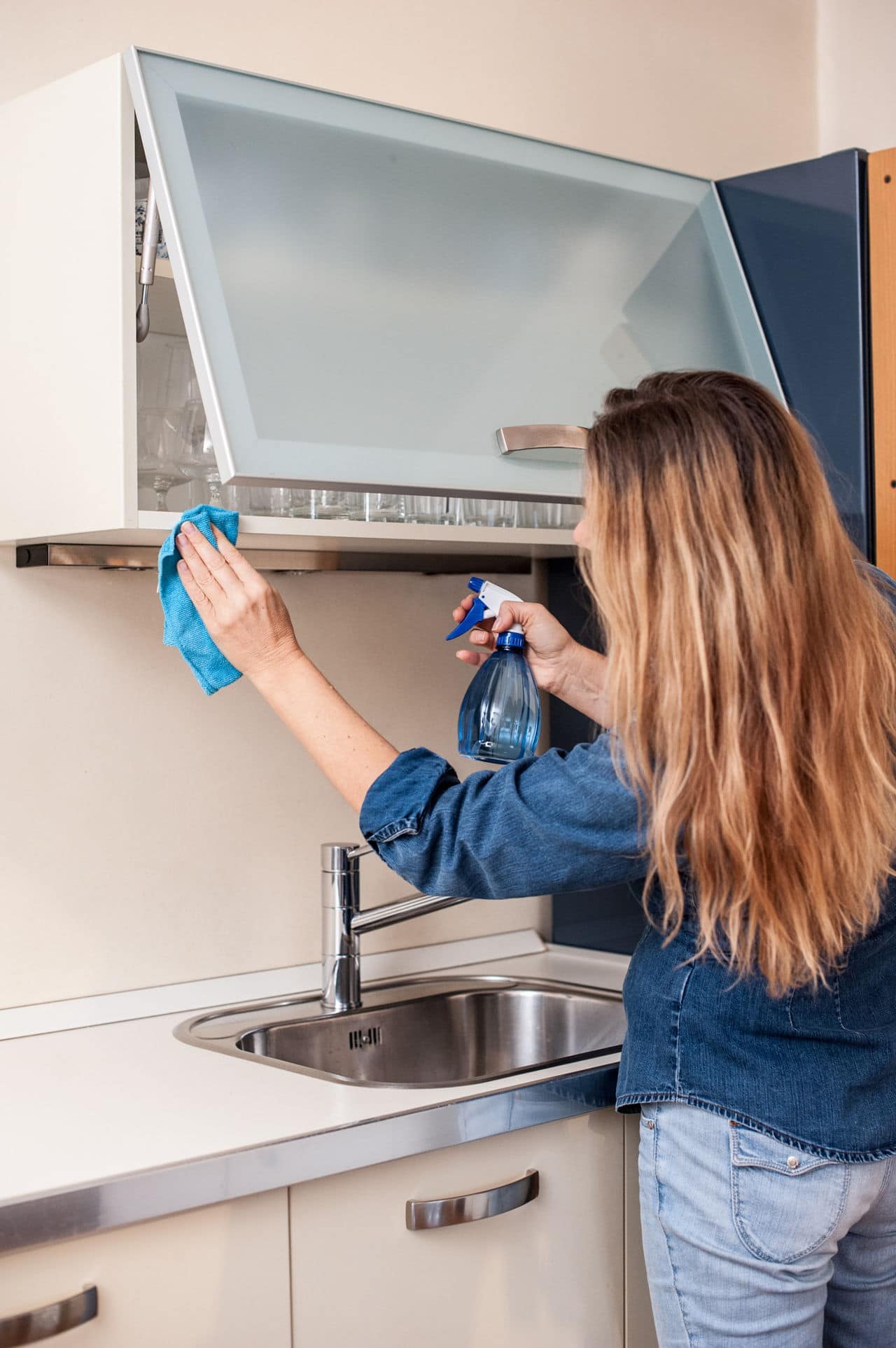Typically, homeowners belong to a small selection of categories. For instance, they either designed the kitchen carefully, selecting everything from the countertops to the appliances, or they bought the home and inherited a kitchen that looked so great that they decided no additional work was needed.
What You Need To Do To Protect That Attractive Luster
The kitchen is undoubtedly the focal point of any home. There’s a reason millions of dollars are invested each year solely in kitchen improvement and remodels.
So, when a commitment like that is made, you sort through the options and handpick everything that appeals to you; you most certainly want to do everything you can to preserve the condition of your choices.
You’re already on the right track. You know it’s important to take care of your cabinetry. They experience wear and tear every single day, but that doesn’t mean they need to succumb to overuse any time soon.
They’re designed to last and will; you just need to do your part to help ensure their preservation. Keeping your kitchen cabinets well-maintained will benefit your entire kitchen’s appearance.
The Golden Rule: Clean Your Cabinets
It’s as obvious as possible, but some homeowners never wash their cabinets down and then get frustrated when the black shadows of grease start to grow on the surface.
It may actually look kind of okay, but it’s completely gross. Especially after cooking, you should spray them down and go over the surfaces with a clean, soft cloth. This will prevent the formation of serious stains.
Of course, you don’t want to scratch the surface of your cabinets, so go easy. A couple of drops of dishwashing liquid and warm water will provide an adequate solution. Avoid using a brushed or even the slightest abrasive sponge; use soft cloths only.
If you need a stronger solution, any all-purpose cleaner may be effective. But first, test it on an area that is not readily visible.
There’s always a possibility of an adverse reaction to the chemicals. If you’re good to go, proceed to clean, and always finish with a wipe-down using a water-dampened cloth.
As you know, cabinets are made from a wide range of materials. You may have looked at each sample before settling on your final choice. Each type of cabinet material has a specific way to be cleaned.
Here’s the basic list of those:
Wood Cabinets
The first thing to know when you own fine wood products like kitchen cabinets is to avoid using oil-based products or letting oils contact the surfaces.
There’s a good reason – when oil sits on wood, it attracts anything and everything by way of dirt and grime. This will eventually compromise the quality of your wood.
You can fill in the affected area with a filler wax blend stick for minor repairs, such as scratches or indentations. Touch-up paint markers are also available for stains, blemishes, and chipped paint.
Both these items usually come in a touch-up kit that is available for purchase at most cabinet companies. They are available in different varieties, all designed to blend in with the finishes of the wide variety of wood cabinets available.
Laminate Cabinets
Repair kits like the wax-fill ones are also available for laminate cabinets, which are just as common as those made with wood. They are a necessity in case of scratches. The material is unique, and you can’t use anything else.
On the other hand, if you have a problem with staining, act quickly to absorb the offending spot with a paste made of baking soda (it’s simple—add a little water to baking soda and apply it to the stain).
Remove the paste as gently as you can. Scratching the laminated surface with this process is possible, but there will be limited risk with exercise care.
Thermofoil Cabinets
Not to be left out, repair kits specific to thermofoil can be purchased and are also designed to treat blemishes in this sensitive material. Like laminate, thermofoil has been successfully developed over the years to be more durable than ever.
As a result, the materials can only be repaired so much. Severe damage cannot be prepared, and they will likely have to be replaced.
Glass Cabinets

The good news about kitchen cabinets that use glass as the primary material for their doors is that you can treat glass surfaces with just about any store-bought cleaner.
You may even use items you already have at home in a pinch by concocting an effective solution.
For instance, one part water to one part white vinegar creates a glass cleaner that can clean without leaving streaks behind.
Final Thoughts
Before cleaning your cabinets, know exactly what material they’re made of. Be certain to read the manufacturer’s instructions for the best proper care to avoid any unwanted deterioration. If you’re unsure, look at this guide to various kitchen cabinet styles.

